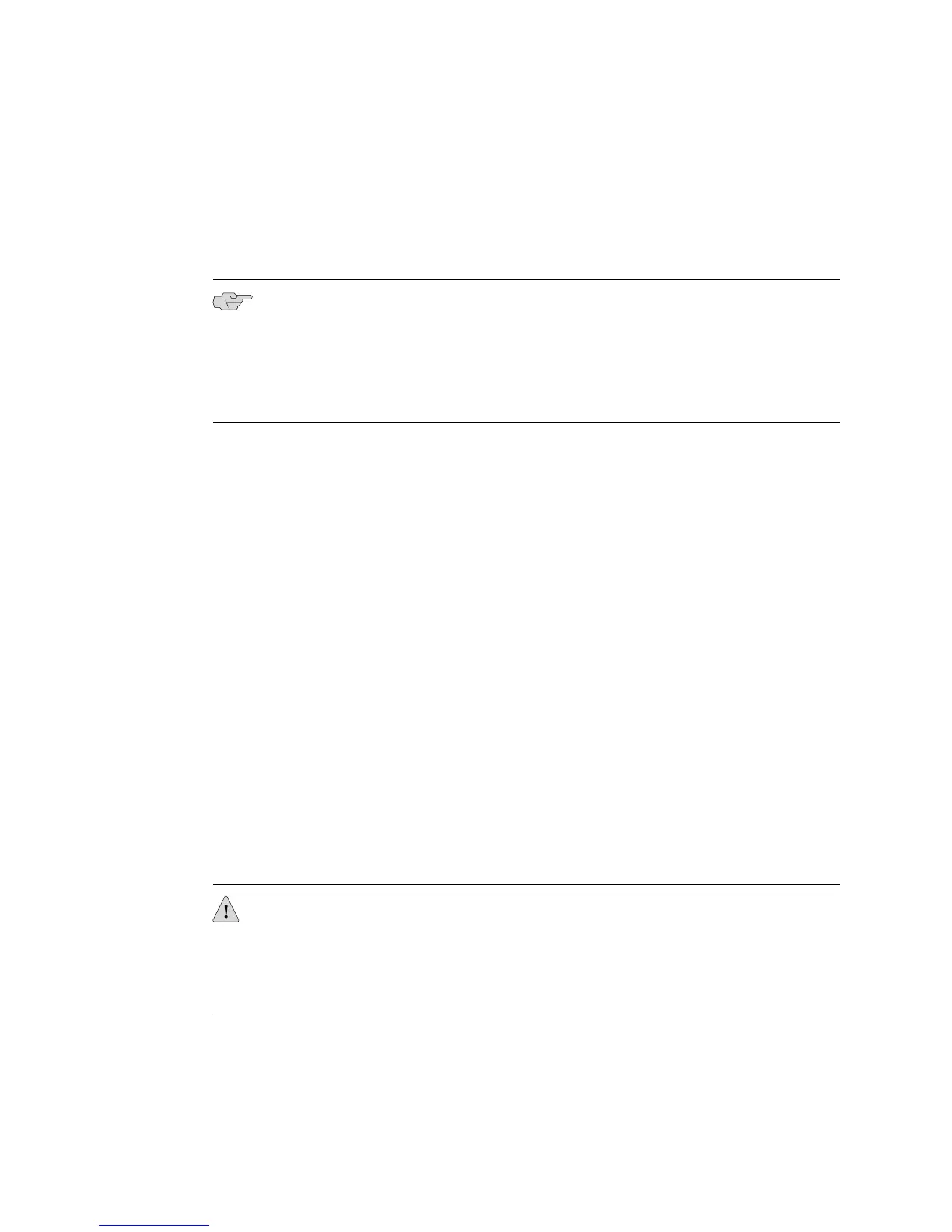■ Use to set the boot logic to never revert to the backup image/configuration.
■ This command does not reboot the system.
■ Example
host1(config)#boot revert-tolerance never
NOTE: This command is functionally equivalent to specifying no backup
image/configuration, but it allows you to leave the backup settings alone and to toggle
autoreversion on and off. This command is undone by using the no boot
revert-tolerance command, which restores the default settings, or the boot
revert-tolerance command. The default settings are count = 3 (crashes) and time
= 1800 (seconds); that is, 3 crashes in 30 minutes.
■ There is no no version.
■ See boot revert-tolerance never.
boot subsystem
■ Use to configure the software release the selected subsystem will use the next
time it reboots.
■ This command does not reboot the subsystem.
■ Example 1
host1(config)#boot subsystem ct3 rel_1_0_1.rel
■ The boot backup subsystem version of this command enables you to configure
a backup subsystem for booting.
■ Example 2
host1(config)#boot backup subsystem ct3 rel_1_0_1.rel
■ Use the no version to remove the configuration setting.
■ See boot subsystem.
boot system
CAUTION: This command attempts to reprogram the SRP boot PROMs, if necessary.
The SRP has a primary and, typically, a backup boot PROM. If the boot system
command is executed on an SRP with no backup boot PROM, the following message
is displayed: “ Write to Backup Boot ROM failed.” In this instance, this message is
correct, and you can ignore it.
■ Use to specify the software release (.rel) file that your system will use when
rebooting.
■ This command does not reboot the system.
Configuring Your System for Booting ■ 513
Chapter 9: Booting the System

